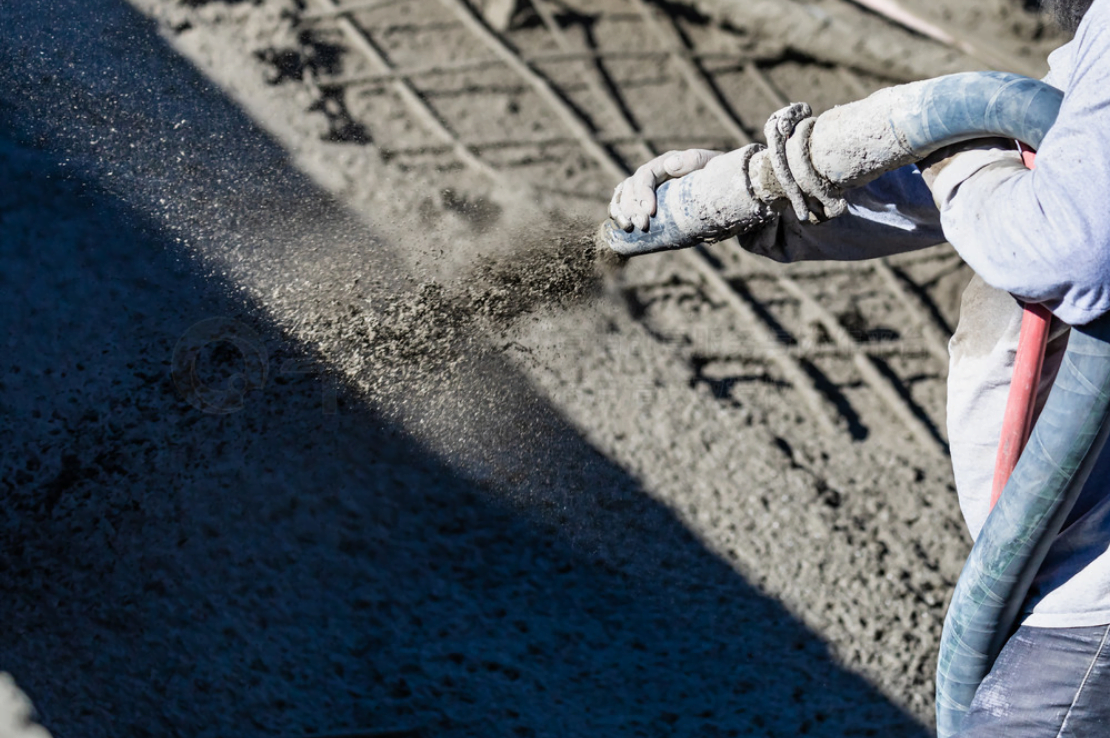What is the silica fume?
Silica fume, often referred to as microsilica, is a byproduct of the production of silicon metals and ferrosilicon alloys. This finely divided powder, composed of amorphous silicon dioxide, possesses remarkable properties that have found extensive applications in the construction industry.
1. Composition and Formation:
a. Silicon Dioxide (SiO₂):
Silica fume is primarily composed of extremely fine particles of silicon dioxide, the same compound found in quartz and sand. However, unlike crystalline silica, the structure of silica fume is amorphous, consisting of highly reactive and non-crystalline particles.
b. Production Process:
Silica fume is generated as a byproduct in the production of silicon and ferrosilicon alloys. During the manufacturing of these alloys, raw materials like quartz and coal are subjected to high temperatures in an electric arc furnace. The resulting gases are then collected, and silica fume is extracted through a series of processes.
2. Unique Properties:
a. Fineness:
Silica fume particles are exceptionally fine, with an average particle size in the range of 0.1 to 0.3 micrometers. This fine texture contributes to its ability to fill voids and spaces within concrete.
b. High Reactivity:
Silica fume is highly reactive due to its amorphous structure. This reactivity allows it to chemically react with calcium hydroxide, a byproduct of cement hydration, resulting in the formation of additional strong binding compounds within the concrete matrix.
c. Pozzolanic Properties:
Silica fume exhibits pozzolanic properties, meaning it can react with calcium hydroxide in the presence of moisture to form calcium silicate hydrate (C-S-H) gel. This gel enhances the strength and durability of concrete.
d. High Surface Area:
The high surface area of silica fume particles provides increased opportunities for chemical interactions with surrounding materials, making it an effective additive in cementitious systems.
3. Applications in Construction:
a. Concrete Enhancement:
One of the primary applications of silica fume is in improving the properties of concrete. By incorporating silica fume into the concrete mix, engineers can enhance its strength, durability, and resistance to chemical attacks.
b. High-Performance Concrete:
Silica fume is a key ingredient in the production of high-performance concrete. This type of concrete is known for its exceptional strength, low permeability, and resistance to corrosion, making it ideal for challenging construction environments.
c. Bridge Decks and Highways:
Silica fume is commonly used in the construction of bridge decks and highways where the concrete structures are exposed to harsh environmental conditions. Its ability to enhance the concrete's resistance to chloride ion penetration is particularly valuable in these applications.
d. Shotcrete and Repair Mortars:
Silica fume is utilized in shotcrete applications, providing improved adhesion and durability. It is also incorporated into repair mortars for the rehabilitation of deteriorated concrete structures.
4. Environmental Impact:
a. Waste Utilization:
Silica fume is considered an environmentally friendly material as it repurposes a byproduct of industrial processes, reducing the amount of waste generated.
b. Reduced Carbon Footprint:
The use of silica fume in concrete can contribute to sustainability efforts by reducing the carbon footprint associated with cement production. Its incorporation allows for the production of more durable and longer-lasting concrete structures, potentially reducing the need for frequent replacements.
5. Challenges and Considerations:
a. Handling and Health Considerations:
Due to its fine particle size, the handling of silica fume requires precautions to prevent inhalation, which may pose health risks. Adequate safety measures, such as the use of protective equipment, are essential during its handling and incorporation into concrete mixes.
6. Conclusion:
Silica fume stands as a testament to the transformative power of byproducts in the construction industry. From its microscopic structure to its far-reaching applications, silica fume plays a crucial role in enhancing the strength, durability, and sustainability of modern concrete structures. As the construction industry continues to prioritize performance and environmental responsibility, the significance of silica fume in shaping the future of construction materials cannot be overstated.




